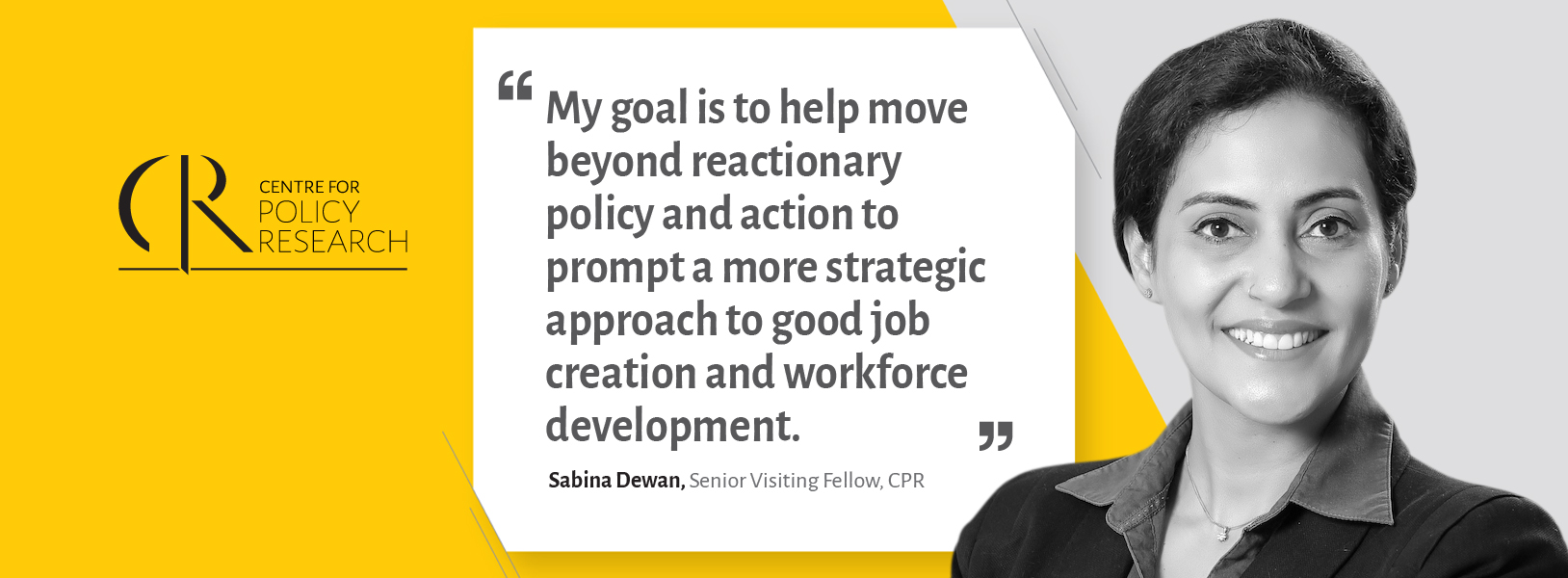Demystifying the Indian smart city: An Empirical reading of the smart cities mission
Persis Taraporevala
September 11, 2018

ACCESS THE WORKING PAPER BY PERSIS TARAPOREVALA
URBAN GOVERNANCE
The newly elected federal Government of India launched the Smart Cities Mission in 2015 with the stated purpose of improving the governance and infrastructural deficiencies that plague Indian cities. Missing, however, in the new programme was a cohesive understanding of a smart city. While the government documentation repeatedly implies infinite liberty for cities to self-define their understanding of ‘smartness’, the actions demonstrate that there is a larger idea of ‘smartness’ that the federal government seeks to implement. It is at this disjunction, between the rhetoric and practice of the Mission, that this paper finds its core research question – ‘What constitutes a smart city in India?’
The Smart Cities Mission stands at a proposed budget of over INR 200,000 Crore (INR 2,000 billion) for 99 cities with a combined population of almost 100 million people and could have a significant impact on the lives of Indians. The magnitude of the project and its potential to affect the lives of citizens as well as the governance and financial structures that regulate municipal life necessitate that the concept of the smart city in India be illuminated. Given the sheer vagueness of the Mission, the core of the paper focuses on providing an empirical reading of the Mission, singularly through government documentation, and delineates the following trends – 1) that the project categories are similar to former urban renewal programmes however individual projects in the Mission are more likely to focus on revenue generation; 2) sources of finances move rapidly from ambitious market-oriented processes back to more traditional state-sponsored urban regeneration plans; 3) the Mission claims to bolster local government but in practice seems to recentralise power away from municipal bodies to state-level bureaucrats; and 4) the Mission claims to represent the voice of its citizenry however the Mission utilises processes of participation that are deeply problematic and benefit privileged sections of society.
The working paper argues that it is imperative for the government and the citizens of India to understand the mechanics of the Mission in order to ensure clarity, accountability and to question whether the current structure of the Mission will achieve its stated goal of improving the governance and infrastructural deficiencies of urban India.
The research has generated a detailed working paper and a compact policy brief.



